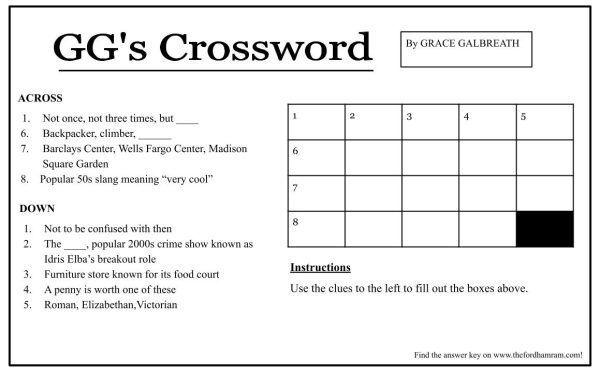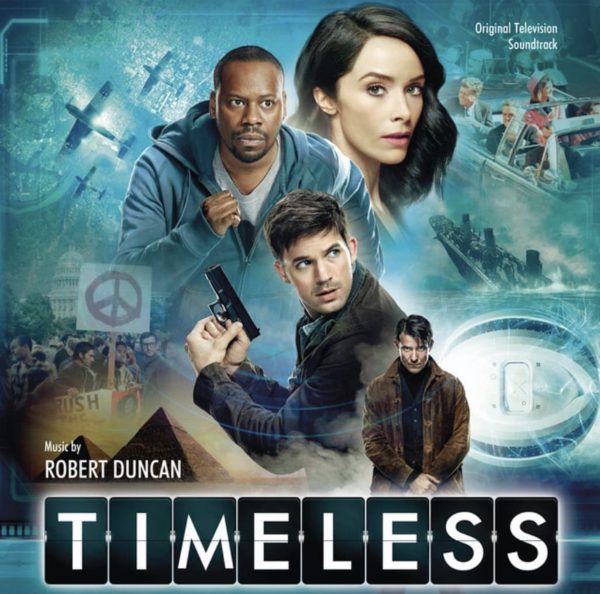“Murder Among the Mormons” Successfully Tells a Story of Betrayal, Murder and Forgery
In Nov. 1985, there were three bombings in Salt Lake City that left two dead and one severely injured. The bombings launched an investigation that revealed more than just the bomber. It exposed a dark secret behind the history of Mormonism, and the Church of Jesus Christ of Latter Day Saints. “Murder Among the Mormons” is a three-part documentary series that unravels and investigates the events that occurred in Salt Lake City.
Directed by Jared Hess and Tyler Measom, the series covers the high stakes murder and forgery investigation and the absurdity of a Mormon document, creating a dynamic and interesting story. The series combines modern interviews from the different subjects involved, archive footage from newsreels and grainy old home videos to create an atmosphere of unnerving normalcy, which contrasts the reality of the crimes that are shown in crime scene photos and reenactment.
The first episode introduces the subjects of the investigation, all of whom are members of the Mormon community. Mark Hofmann and some of the community members were involved in the business of Mormon artifacts — meaning they searched for different pieces of Mormon history, mostly papers and documents that tell the story of Joseph Smith, the founder of Mormonism. The second episode delves into the investigation, and by the end, Hofmann has been arrested for not only the murders but also for the forgery of several important documents. The third and final episode deals with Hofmann’s sentencing and the consequences of his actions.
The progression of Hofmann’s character from innocent to guilty is slowly revealed as the series progresses toward the eventual arrest and sentencing. As frequently happens in stories of long-term criminals, Hofmann was an ideal Mormon and member of his community, making his betrayal a shock to many. Hofmann’s friends and colleagues all claim they never could have known that he had such villainous intentions. Even Hofmann’s ex-wife states that she never suspected her husband. He is seen holding his children and described by his old friends through pleasant stories. Slowly his secretiveness is revealed and more details about him paint a fuller picture until he becomes overzealous and ends up sealing his own fate.
Shannon Flynn and Dorie Hofmann Olds, Mark’s best friend and wife respectively, are particularly expressive in the betrayal. Their interviews succinctly portray the hurt Hofmann caused. On a wider scale, the crimes shook the Mormon church, causing many people to question their faith and the church as an institution.
The series, while compelling, is not for the easily distracted. It is slow and at times feels a little drawn out. The personality of Hofmann and others are expertly examined and developed as the consequences of Hofmann’s actions are revealed. However, the long-term hurt caused to the church of Latter Day Saints by Mark Hofmann is not examined as much as I had hoped it would be. Overall, the three-part series is an interesting watch — even for someone with little knowledge about Mormonism and the document forgery business.
















